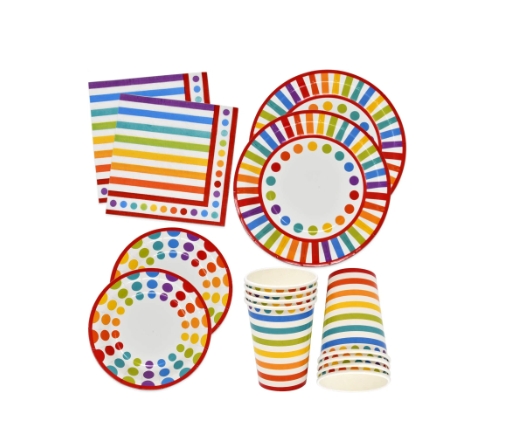
In today's world,
disposable paper plates are commonplace and provide a practical and easy way to serve food in a range of environments. Mealtime convenience has been revolutionized by these lightweight substitutes for classic ceramic or metal plates, perfect for everything from large-scale events to park picnics. In addition to making food service easier, the development of disposable paper plates has had a big impact on environmental sustainability and trash management. The history, applications, effects on the environment, and possibilities for disposable paper plates will all be discussed in this article, which will also highlight the problems these plates have for the environment and their place in modern culture.
The disposable paper plates:The development of paper plates
A man by the name of Martin Keyes is credited with creating paper plates. According to legend, he invented the first paper plate in the early 1900s as a practical and throwaway substitute for metal or ceramic plates. With the introduction of a portable, disposable food serving solution for parties, picnics, and other get-togethers, Keyes' invention completely changed the food service sector. Since then,
paper plates have developed into a variety of shapes and sizes and are now used extensively worldwide.
The disposable paper plates: Can i put it in the microwave?
Unless the package makes it clear that the plates are microwave-safe, it is typically not advised to place paper plates in the microwave. When exposed to extreme heat, materials like wax or plastic coatings on paper plates have the potential to melt or catch fire. Can paper plates be used in a microwave? Not all paper plates include the label "microwave safe," but some do. To find out if your paper plates are safe to use in the microwave, it is advisable to look at the packaging or the
paper plates manufacturer.
The disposable paper plates: Are paper plates recyclable?
Whether paper plates are recyclable depends on the specific type of paper plate and the recycling facilities available in your area.
Generally, plain paper plates without any coatings or contaminants can be recycled in many recycling programs. However, paper plates with wax or plastic coatings may not be recyclable in some areas because the coating can interfere with the recycling process.It's always a good idea to check with your local recycling facility or municipality to find out what types of paper products they accept for recycling. If your paper plates are not recyclable, you should dispose of them in the regular trash.
The disposable paper plates: Are they harmful to the environment?
Both positive and negative environmental effects can result from the production, use, and disposal of paper plates, among other things.
 10067
10067 569
569 In today's world, disposable paper plates are commonplace and provide a practical and easy way to serve food in a range of environments. Mealtime convenience has been revolutionized by these lightweight substitutes for classic ceramic or metal plates, perfect for everything from large-scale events to park picnics. In addition to making food service easier, the development of disposable paper plates has had a big impact on environmental sustainability and trash management. The history, applications, effects on the environment, and possibilities for disposable paper plates will all be discussed in this article, which will also highlight the problems these plates have for the environment and their place in modern culture.
In today's world, disposable paper plates are commonplace and provide a practical and easy way to serve food in a range of environments. Mealtime convenience has been revolutionized by these lightweight substitutes for classic ceramic or metal plates, perfect for everything from large-scale events to park picnics. In addition to making food service easier, the development of disposable paper plates has had a big impact on environmental sustainability and trash management. The history, applications, effects on the environment, and possibilities for disposable paper plates will all be discussed in this article, which will also highlight the problems these plates have for the environment and their place in modern culture.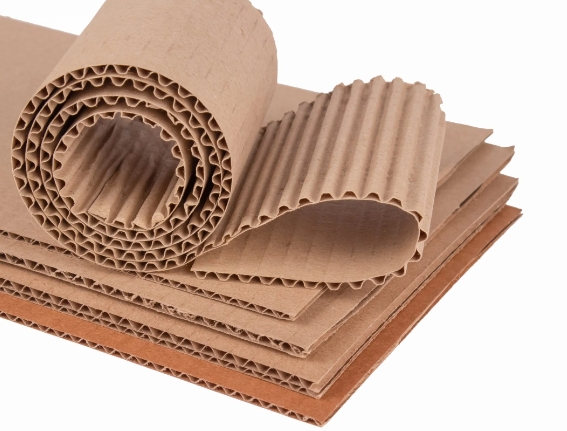 The Diversity of Corrugated Boxes Packaging
The Diversity of Corrugated Boxes Packaging
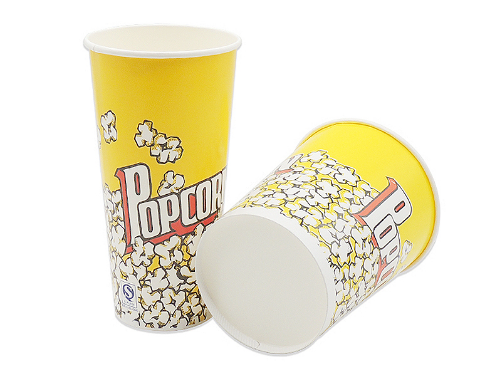 Understanding PE Coated Paper
Understanding PE Coated Paper
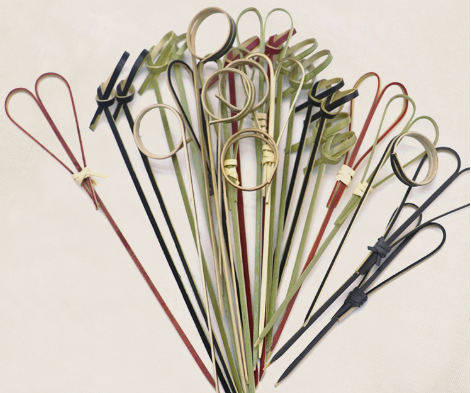 Versatile Bamboo Sticks: Types, Uses, and Benefits
Versatile Bamboo Sticks: Types, Uses, and Benefits
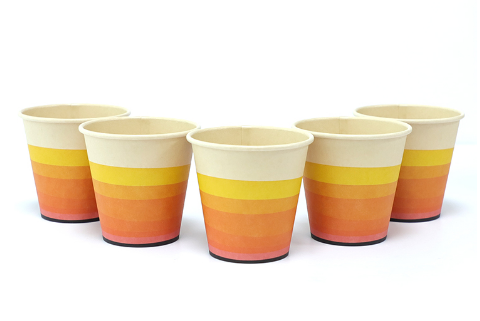 Styrofoam Cups and Paper Cups
Styrofoam Cups and Paper Cups